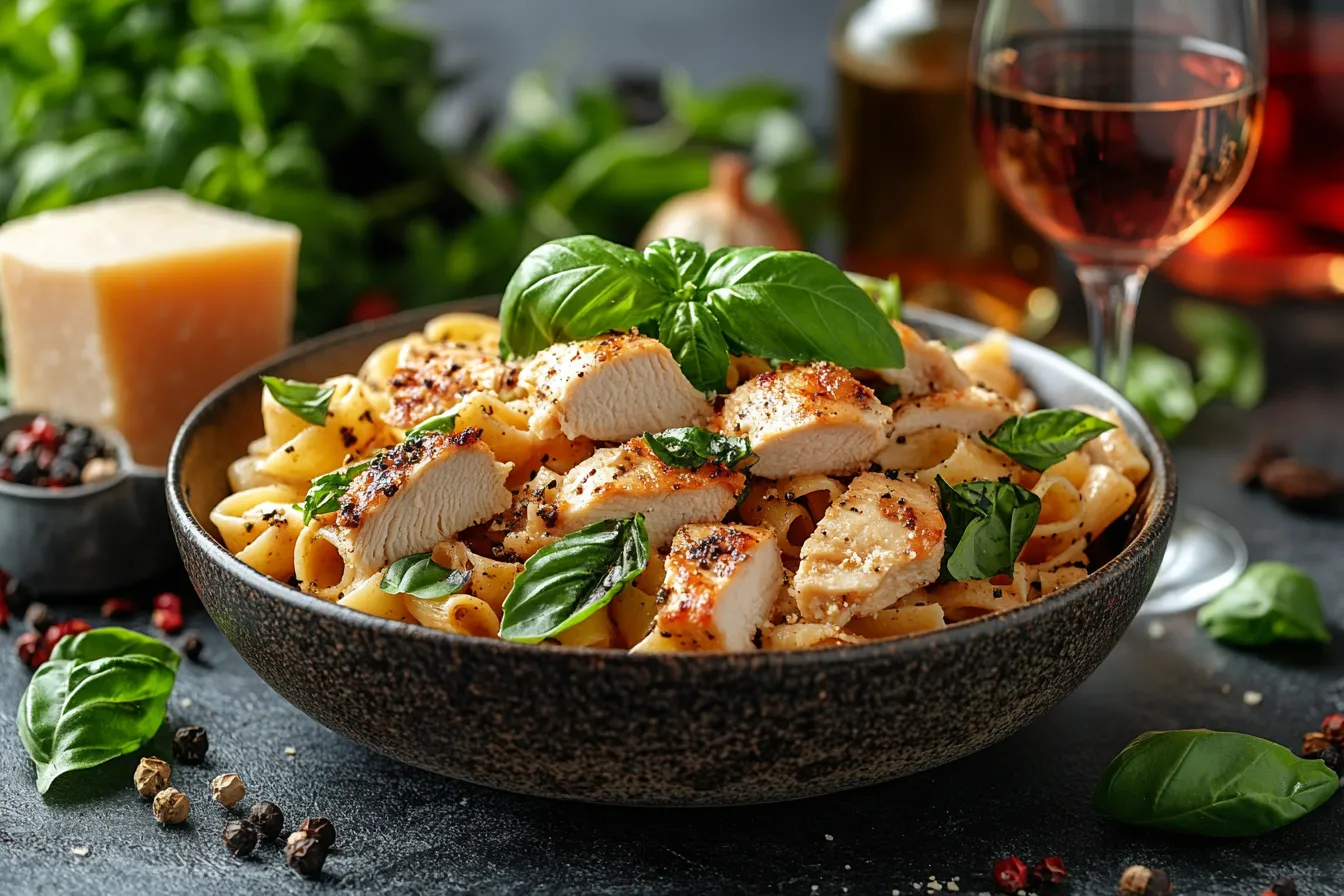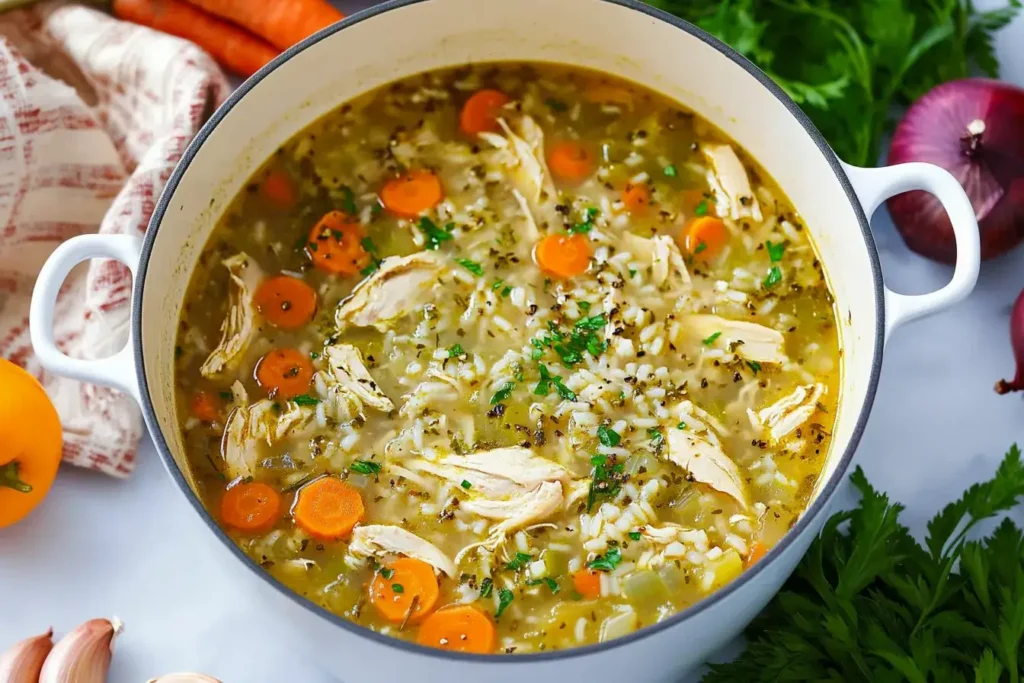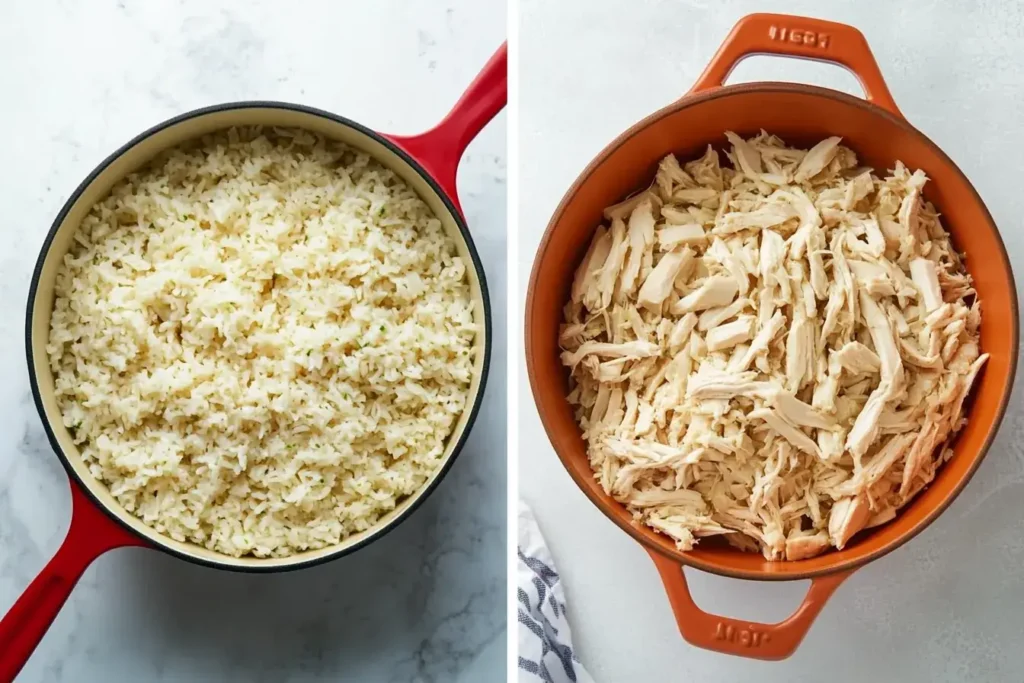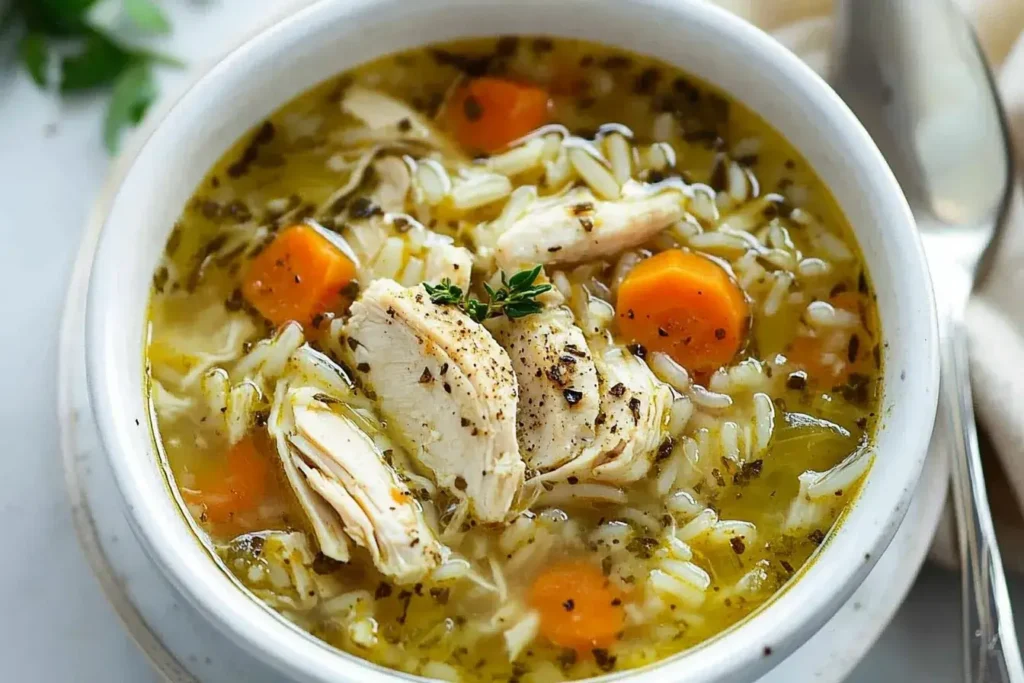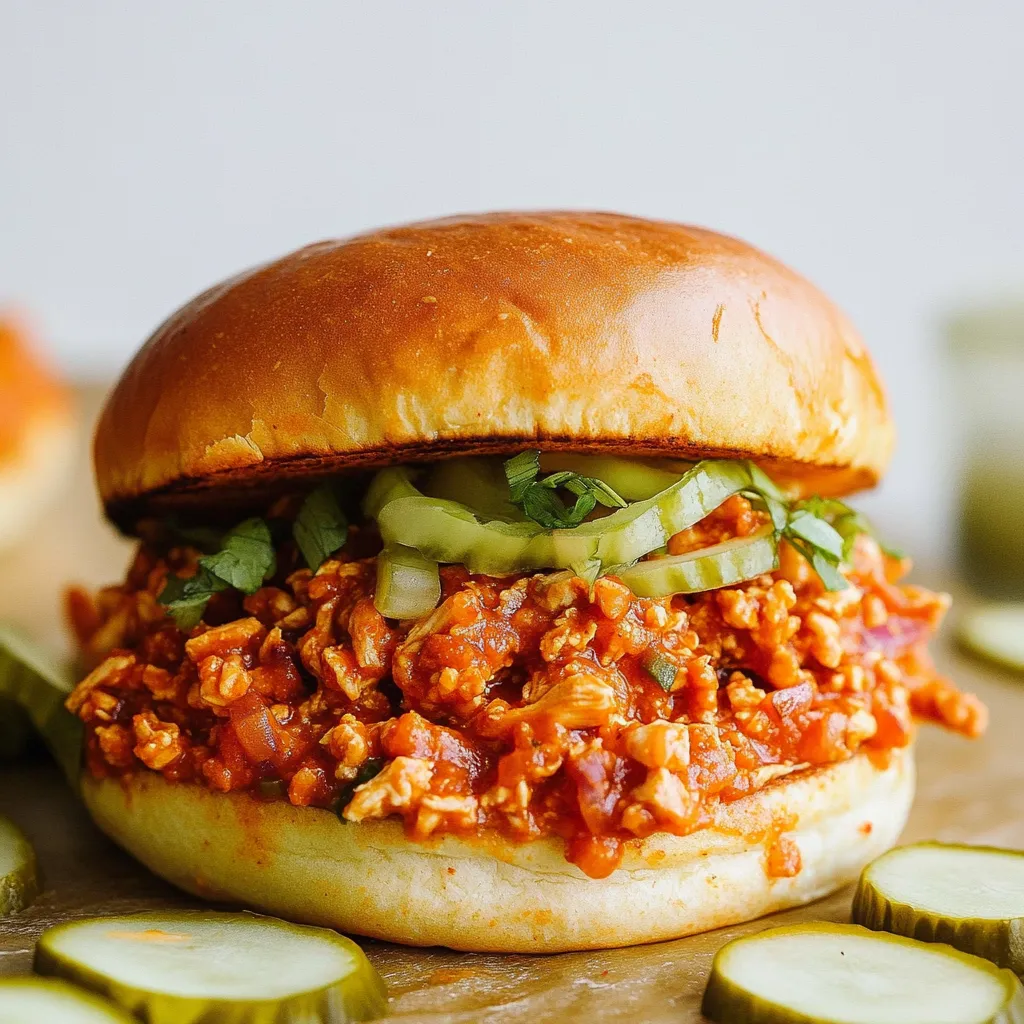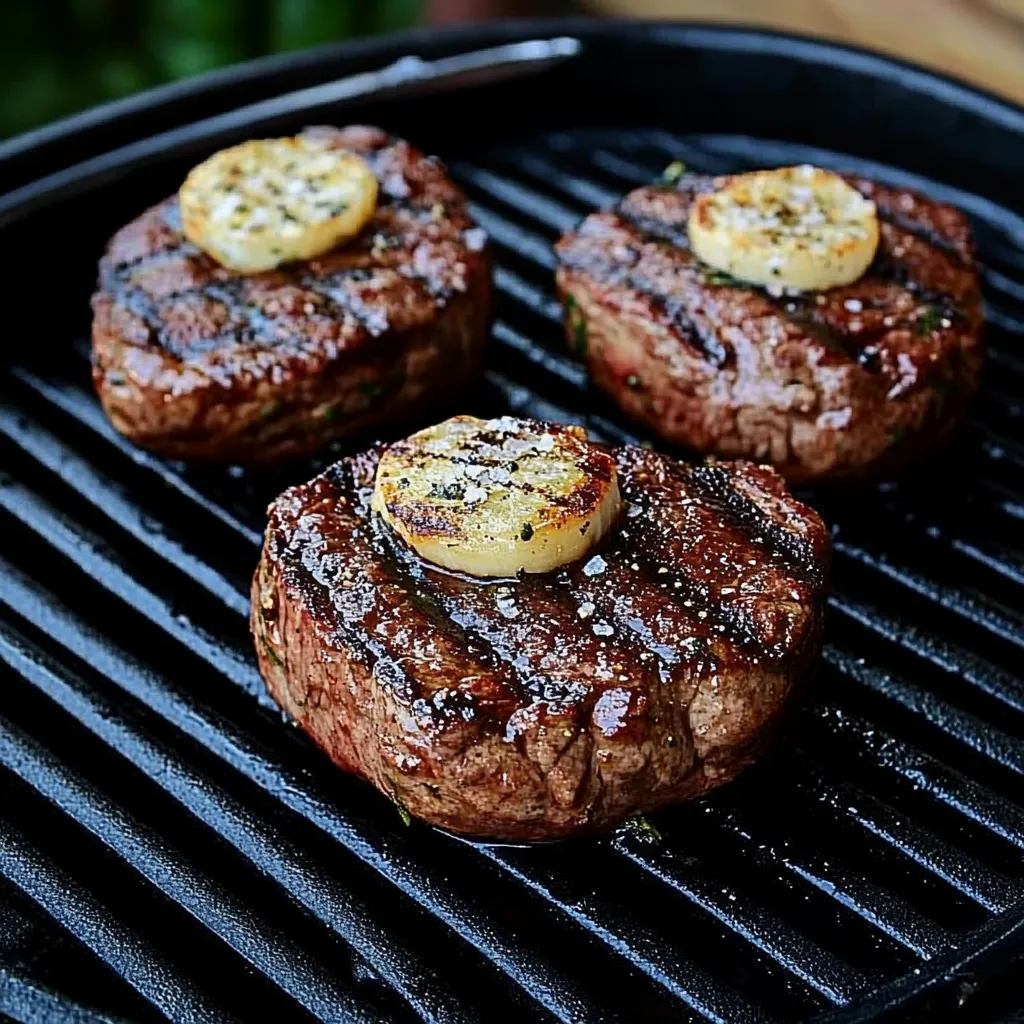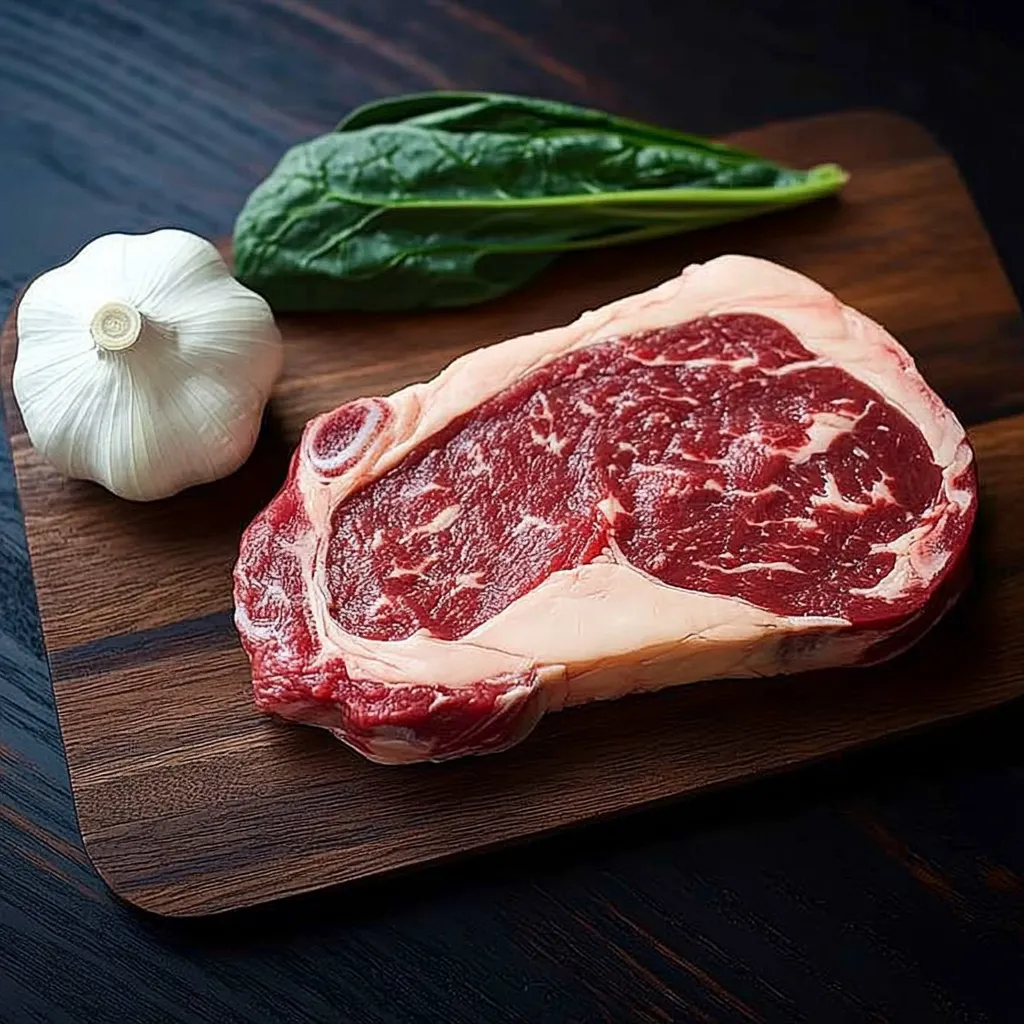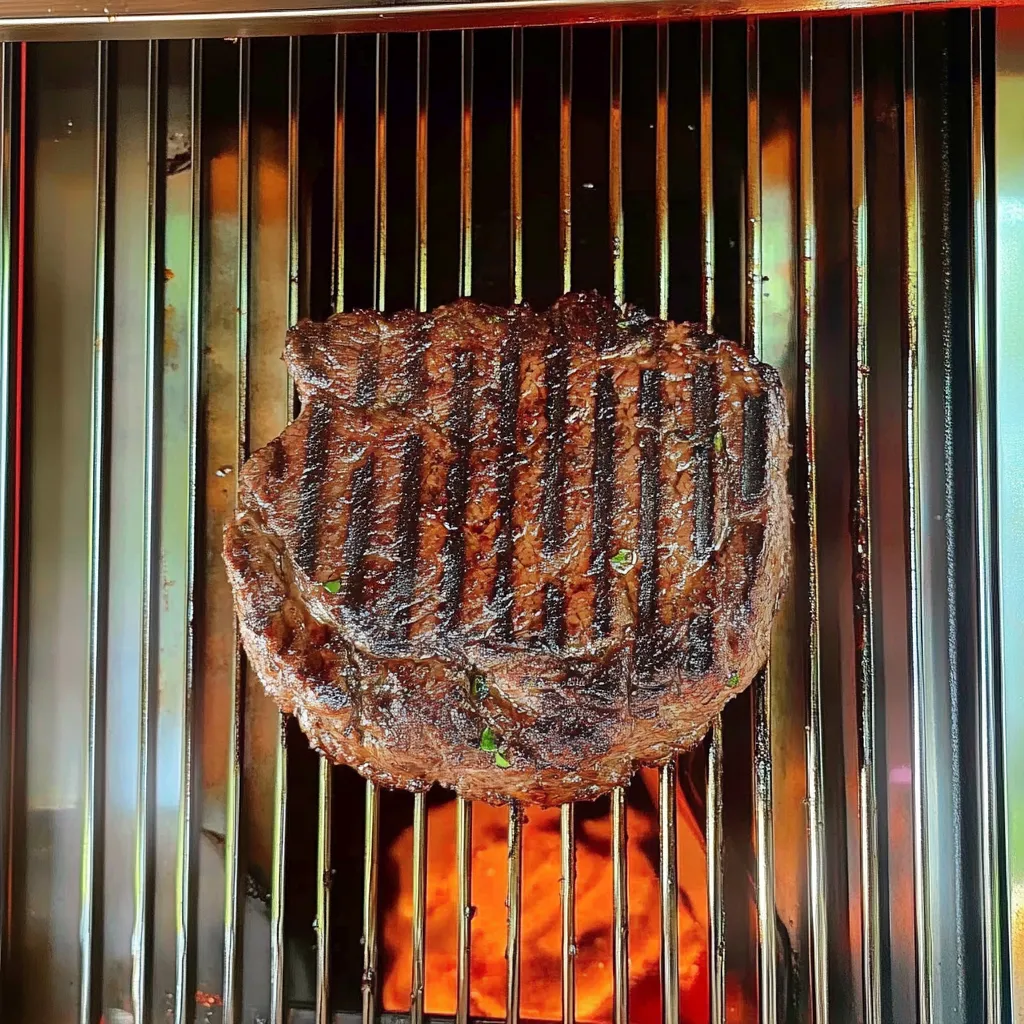Introduction
Rotisserie chicken is a lifesaver in the kitchen. It’s cheap, tasty, and easy to use, making it a great choice for quick, yummy meals. But what can you do with the leftovers? That’s where these leftover rotisserie chicken recipes come in! From soups and salads to casseroles and wraps, there’s something for everyone. This guide will show you how to turn your leftovers into delicious meals, cut down on waste, and save time in the kitchen. Let’s jump in and explore all the ways you can use leftover rotisserie chicken!
Table of Contents
Why Leftover Rotisserie Chicken is a Culinary Lifesaver
The Magic of Leftover Rotisserie Chicken in Your Kitchen
Using leftover rotisserie chicken is not just a practical choice it’s a game-changer for home cooks. Packed with flavor, it’s already seasoned and cooked, saving you loads of time and effort. Whether you’re whipping up a quick lunch or preparing a hearty dinner, leftover chicken is your secret weapon to elevate dishes with minimal prep.
The Benefits of Using Rotisserie Chicken in Recipes
First, it’s a money-saver. Instead of buying more raw chicken and cooking supplies, you can reuse leftovers in new meals. It’s also a great way to cut down on food waste. Plus, rotisserie chicken is super easy to use—it fits perfectly into meals like soups, salads, casseroles, and stir-fries.
Overview of the Versatility of Rotisserie Chicken
Rotisserie chicken works well with various cuisines, from Mexican enchiladas to Mediterranean wraps. Whether you’re after low-carb meals, comfort food, or a high-protein salad, the possibilities are endless. By keeping some staple ingredients like rice, pasta, and veggies on hand, you’ll always have the building blocks for a delicious meal.
Quick and Easy Meals with Leftover Rotisserie Chicken
One-Pan Rotisserie Chicken Pasta
Transform leftover rotisserie chicken into a mouthwatering one-pan pasta dish! First, sauté garlic and onions in olive oil. Next, toss in your shredded chicken, and add canned tomatoes for a rich sauce. Then, stir in cooked pasta, sprinkle some parmesan, and garnish with fresh basil. This easy recipe therefore brings comfort to your table in under 30 minutes, making it perfect for busy weeknights.
For more quick dinner ideas, check out this guide to cheesy chicken sloppy joes.
Hearty Chicken Quesadillas
Who doesn’t love quesadillas? Spread shredded chicken on a tortilla, layer with shredded cheese, and fold it in half. Cook on a hot skillet until crispy and golden brown. Pair these quesadillas with salsa, sour cream, or guacamole for a fun and flavorful meal. Perfect for lunch, dinner, or even a snack!
Homemade Chicken Fried Rice
Say goodbye to takeout and hello to homemade chicken fried rice! Start by stir-frying your vegetables—carrots, peas, and onions—in a bit of sesame oil. Add day-old rice, soy sauce, and your leftover rotisserie chicken. For an extra kick, toss in some sriracha or chili flakes. It’s quick, healthy, and irresistibly good.
Soups and Stews Using Rotisserie Chicken
Classic Chicken Noodle Soup with a Twist
Nothing beats chicken noodle soup for comfort. Use your rotisserie chicken to make this classic even easier. Add chicken, egg noodles, carrots, celery, and a rich broth. For a twist, throw in fresh dill or lemon juice for brightness. This cozy dish is perfect for chilly nights or when you’re feeling under the weather.
Creamy Chicken and Wild Rice Soup
Turn leftover rotisserie chicken into a creamy wild rice soup that’s both hearty and elegant. Combine chicken, wild rice, mushrooms, and a creamy base made with chicken stock and heavy cream. A sprinkle of thyme adds a fragrant, earthy touch.
Find more ways to elevate your soups with ideas from this savory soup guide.
Spicy Chicken Tortilla Soup
Bring some spice to your table with chicken tortilla soup. Use your leftover rotisserie chicken, diced tomatoes, black beans, and corn. Simmer everything with chicken stock and season with cumin, chili powder, and smoked paprika. Top with crispy tortilla strips, avocado, and a dollop of sour cream for a truly satisfying bowl.
Rotisserie Chicken Salads and Wraps
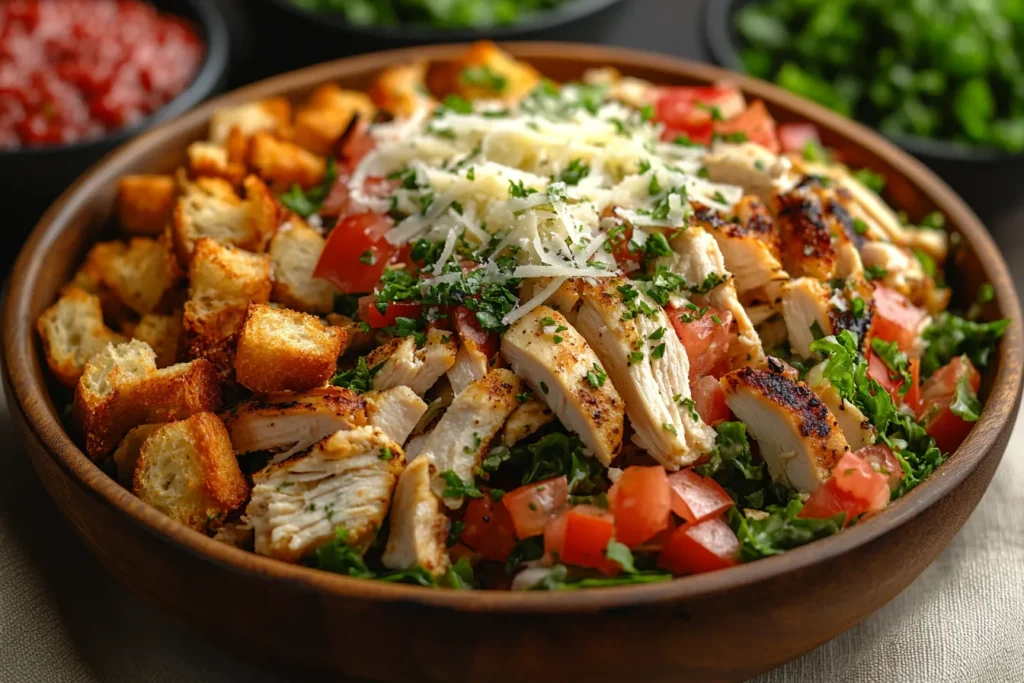
Refreshing Rotisserie Chicken Caesar Salad
For a quick yet satisfying meal, try a chicken Caesar salad. Toss romaine lettuce with Caesar dressing, shredded leftover rotisserie chicken, croutons, and a sprinkle of parmesan cheese. To make it extra hearty, add hard-boiled eggs or avocado slices. This salad is a perfect option for a healthy lunch or light dinner.
Mediterranean Chicken Wraps with Tzatziki Sauce
Bring Mediterranean flavors to your table with these easy wraps. Fill a soft pita or tortilla with leftover rotisserie chicken, cherry tomatoes, cucumber, red onion, and a generous dollop of tzatziki sauce. For an extra crunch, add a handful of spinach or romaine lettuce. These wraps are ideal for meals on the go!
Asian-Inspired Chicken Salad with Sesame Dressing
Switch up your salad game with an Asian-inspired dish. Combine shredded chicken with shredded cabbage, carrots, edamame, and green onions. Drizzle with sesame dressing and top with crunchy wontons or toasted sesame seeds. It’s light, flavorful, and packed with vibrant textures.
For more delicious salad ideas, check out this savory recipe collection.
Comfort Food Dishes with Leftover Rotisserie Chicken
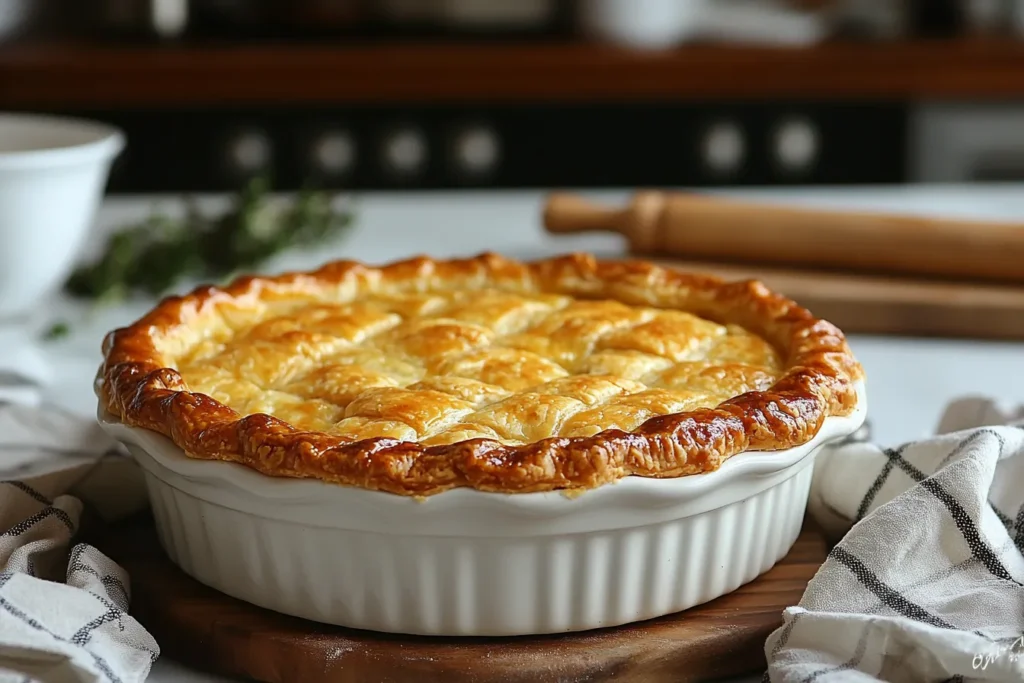
Classic Chicken Pot Pie
When it comes to comfort food, chicken pot pie is a winner. Use your leftover rotisserie chicken to create a creamy filling with peas, carrots, and potatoes in a savory gravy. Cover it with a flaky pie crust or puff pastry and bake until golden brown. This dish is the ultimate crowd-pleaser.
Cheesy Chicken and Broccoli Casserole
Turn leftover rotisserie chicken into a family-friendly casserole. Mix cooked broccoli, chicken, rice, and a cheesy sauce made from cream of mushroom soup and shredded cheddar. Bake until bubbly and top with breadcrumbs for extra crunch. It’s a one-dish meal that everyone will love!
Savory Rotisserie Chicken Enchiladas
Bring a little spice to the table with chicken enchiladas. Fill tortillas with leftover rotisserie chicken and cheese, roll them up, and place them in a baking dish. Cover with enchilada sauce and more cheese before baking. Serve with sour cream, guacamole, or salsa for a flavor-packed dinner.
For more comfort food recipes, explore the best cheesy chicken ideas.
Breakfast and Brunch Ideas with Rotisserie Chicken
Chicken and Spinach Breakfast Frittata
Start your morning right with a flavorful frittata. Whisk together eggs, milk, and a pinch of salt. Add leftover rotisserie chicken, sautéed spinach, and shredded cheese to the mix. Pour it into a greased skillet, cook on the stove until the edges set, then finish it in the oven. It’s a simple, protein-packed breakfast that’s ready in no time.
Rotisserie Chicken and Waffle Sandwiches
Bring brunch to the next level with chicken and waffle sandwiches. Layer leftover rotisserie chicken between two waffles and drizzle with maple syrup or honey mustard. For a savory twist, add a slice of cheese or crispy bacon. This dish balances sweet and savory for a crowd-pleasing brunch idea.
Chicken and Sweet Potato Hash
Looking for a hearty breakfast? Combine diced sweet potatoes, bell peppers, onions, and shredded chicken in a skillet. Season with smoked paprika and garlic powder, and sauté until the veggies are tender. Top with fried or poached eggs for a satisfying meal that’s as nutritious as it is delicious.
Using Leftover Rotisserie Chicken for Meal Prep
Prepping Lunch Bowls with Rotisserie Chicken
Meal prep just got easier! Use leftover rotisserie chicken as the star of your lunch bowls. Pair shredded chicken with quinoa or rice, roasted veggies, and a dollop of hummus or tzatziki sauce. Prepare several containers at once, and you’ll have healthy, grab-and-go meals for the week.
Batch-Freezing Chicken for Easy Weeknight Meals
Don’t let your chicken go to waste! Divide your leftover rotisserie chicken into portions and freeze them in airtight containers. These prepped portions are perfect for soups, stir-fries, or casseroles when you’re short on time. Plus, it ensures your chicken stays fresh for longer.
Tips for Efficient Rotisserie Chicken Meal Planning
Plan ahead with leftover rotisserie chicken recipes to save time and reduce stress. Keep a list of go-to recipes and stock your pantry with staples like pasta, rice, and canned goods. With these essentials on hand, you can whip up quick and delicious meals with minimal effort.
FAQs About Leftover Rotisserie Chicken
How Long is Leftover Rotisserie Chicken recipes Good in the Fridge?
Wondering how long your chicken stays fresh? Typically, leftover rotisserie chicken lasts 3 to 4 days in the fridge if stored in an airtight container. To extend its life, freeze it for up to 3 months. Always check for signs of spoilage, like an off smell or slimy texture.
How to Best Use a Rotisserie Chicken?
Rotisserie chicken is a versatile hero in the kitchen! Use it in salads, soups, sandwiches, and casseroles. It’s also a great protein addition to pasta dishes or meal prep bowls. This flexibility makes it the ideal base for leftover rotisserie chicken recipes.
Is Rotisserie Chicken Just as Healthy as Chicken Breast?
Yes, it can be! While rotisserie chicken is often seasoned, the meat itself provides lean protein, similar to chicken breast. However, keep an eye on sodium content, especially in the skin.
What Does Costco Do with Unsold Rotisserie Chicken?
Stores like Costco often repurpose unsold rotisserie chickens in ready-made meals like soups, salads, or pot pies. This reduces waste and gives shoppers more options for easy meals.
Tips for Maximizing Flavor and Reducing Waste
How to Properly Store Rotisserie Chicken for Freshness
Store leftover rotisserie chicken in an airtight container to maintain freshness. Refrigerate within two hours of cooking to prevent bacterial growth. If freezing, separate it into smaller portions to make reheating easier.
Creative Ways to Use Chicken Bones for Stock
Don’t throw away the bones! Simmer them with water, onions, carrots, celery, and spices to create a rich chicken stock. Use it as a base for soups, stews, or risotto. Homemade stock elevates any leftover rotisserie chicken recipe.
Spices and Add-ons to Enhance Leftover Rotisserie Chicken Recipes
Amp up the flavor of your leftovers with spices like paprika, cumin, or garlic powder. Fresh herbs like cilantro or parsley add brightness, while sauces like teriyaki, buffalo, or BBQ can transform your dishes entirely.

